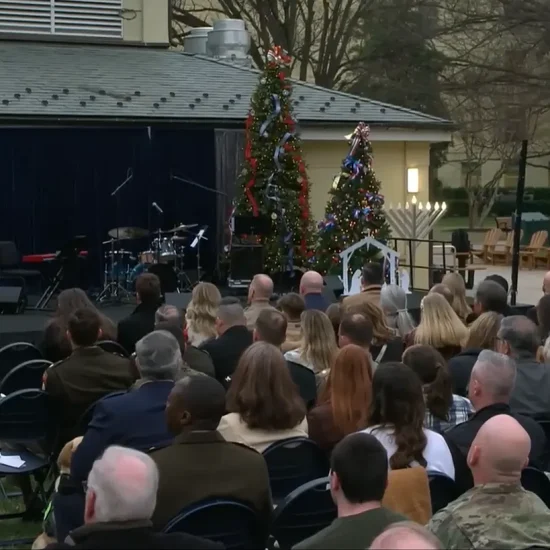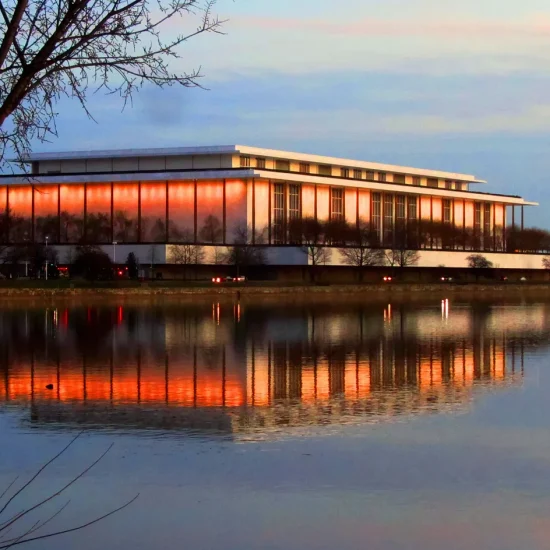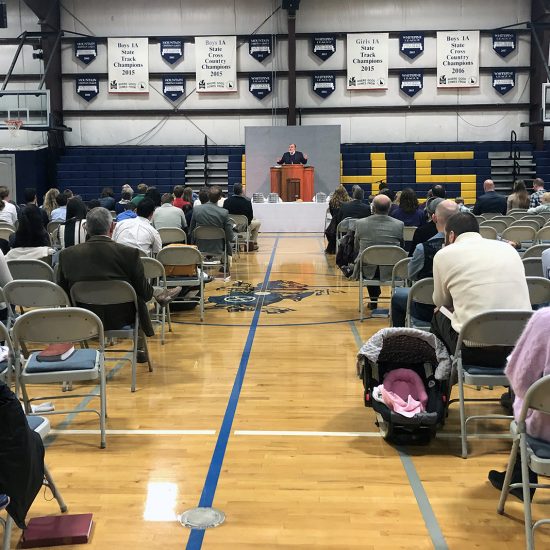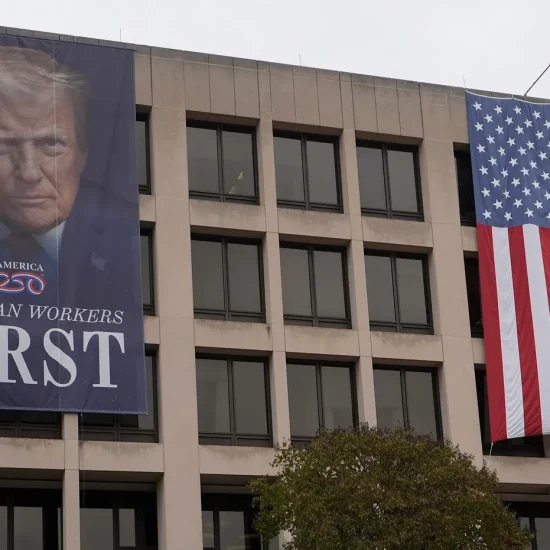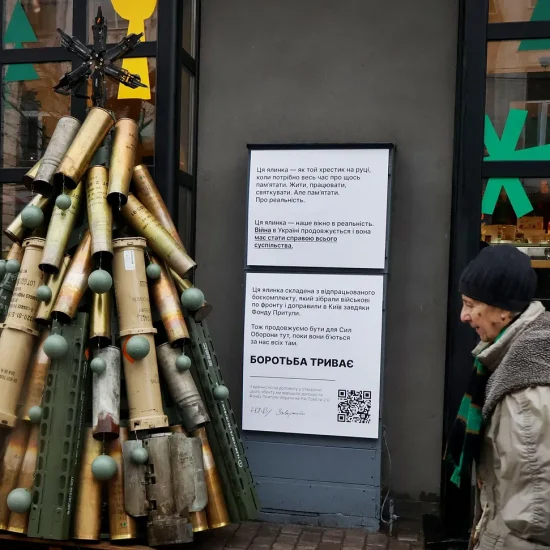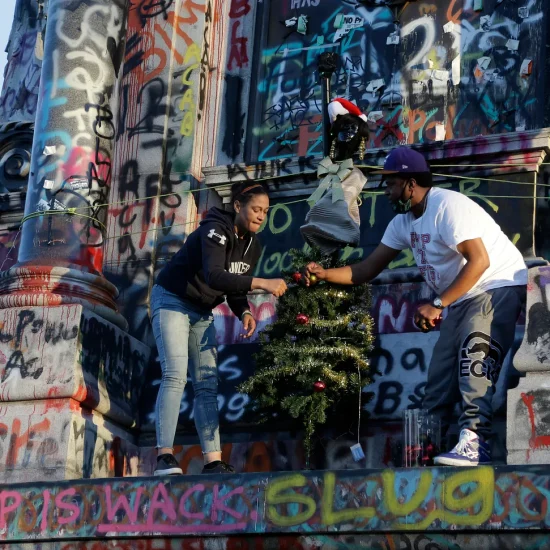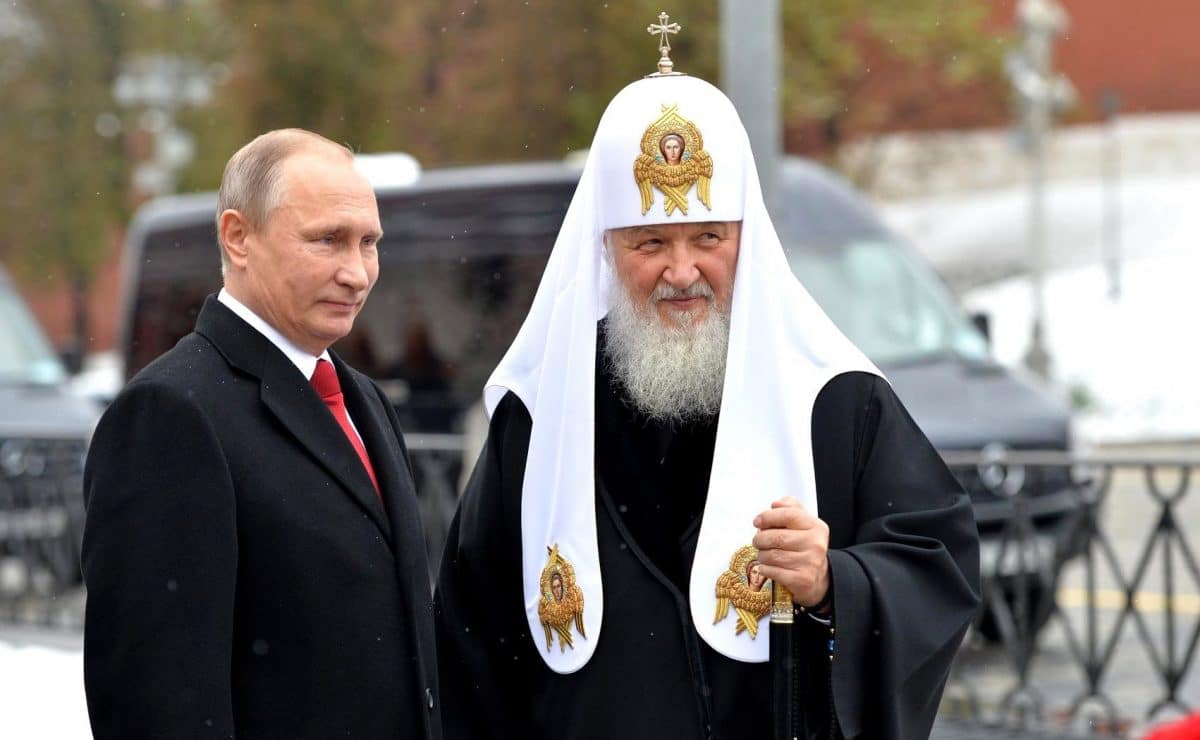
As we were fine tuning the piece below, Russia launched a large-scale attack on Ukraine. Thousands are likely already dead, with millions more traumatized. We pray for peace and for the people of Ukraine. We also pray for Russians who have been persecuted by their nation’s dictator. Russian President Vladimir Putin must be condemned, as should Russian Orthodox Church leaders who support him and his violent regime.
The way of Jesus is not found in the authoritarian strongman. Rather, we see it from faithful Ukrainian believers quietly living out their faith in Kharkiv, which CNN then broadcast around the world. There on their knees, they prayed in a public square with bombs bursting across their land. We add our prayers to theirs.
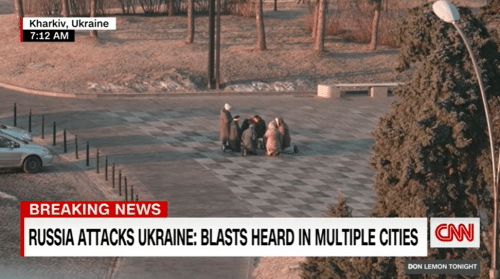
Screengrab of Ukrainians praying as Russia attacked their nation.
We’ve all heard the horror stories about churches that split for less-than-spiritual reasons. From hurt feelings over who got the lead role in the Christmas pageant to what color the new carpet should be in the sanctuary, Jesus’s followers often struggle to fulfill his desire that they “all may be one.” Church politics can be brutal when the controversies and pettiness of the world invade the Body of Christ.
Church politics can also get brutal when one country literally invades another.
Rewind back to 2013. Caving to Russian pressures, the government of Ukraine refused to sign an agreement strengthening political and economic ties with the European Union. Pro-Western protests erupted and deposed the country’s president in early 2014. The strategic miscalculation by Russia pushed its neighbor further away and towards Europe. Not able to accept this reality, Russian President Vladimir Putin annexed the Crimean Peninsula and supported pro-Russian separatists in Eastern Ukraine.
In response to this aggression, Orthodox Christians in Ukraine sought their own independence from the Russian Orthodox Church. Again.
Some Ukrainian Orthodox Christians had formed a splinter branch in 1992, the year after Ukraine gained its independence upon the collapse of the Soviet Union. This Kyiv Patriarchate, however, wasn’t given official recognition by the Eastern Orthodox leader, the Ecumenical Patriarchate of Constantinople (nor was a smaller Ukrainian group initially formed when Ukraine previously gained independence in 1917). Yet, many people voted with their attendance. While the Moscow Patriarchate (the Russian Orthodox Church) had more parishes in Ukraine, the Kyiv branch soon had more members.
Following the anti-Russia protests in Ukraine in 2013 and the Russian aggression in 2014, more people switched from parishes under the auspices of Moscow to those in the breakaway Kyiv Patriarchate even though they were considered “schismatics” by the rest of the Orthodox churches. Seeing the Moscow branch as aligned against Ukrainian sovereignty, many Ukrainians sought a national church of their own.
The push for separation angered Russian political and religious leaders who sought to block recognition of a Ukrainian Church. But seeing that a Ukrainian Orthodox Church would be officially recognized for the first time since 1686, the Russian Orthodox Church in October 2018 severed its ties with the Eastern Orthodox Church. As the largest body in the tradition, with about one-third of all Orthodox believers, this departure represented the most significant rift since the Great Schism of 1054 split the Roman Catholic and Eastern Orthodox churches.
Then on Jan. 5, 2019, Orthodox Patriarch Bartholomew I formally granted independence to the Orthodox Church of Ukraine, which united the various Ukrainian branches and erased the excommunication of the breakaway clergy. Beyond elevating the Ukrainians within the Orthodox communion and on the global religious stage, the Patriarch’s decisions also symbolized the country’s political aspirations.
“[The religious decree] for us is actually another act of proclaiming Ukraine’s independence,” then-President Petro Poroshenko said. “For Ukrainians, our own Church is a guarantee of our spiritual freedom. This is the key to social harmony.”
Like the north-south split of Baptists, Methodists, and Presbyterians in the United States that predated and even served as a catalyst for the Civil War, the divorce in the Orthodox Church at the Russia-Ukraine border highlights the role religion played in adding to the current geopolitical tensions. And the Russian Orthodox Church’s role in the current crisis should serve as a warning to dangers of marrying church with state.
 As Russia further infringes on Ukrainian sovereignty, this edition of A Public Witness looks at the troubling entanglement between the Russian government and the Russian Orthodox Church. For U.S Christians, this close association is a cautionary tale about the dangers of Christian Nationalism for both democracy and the vitality of our Christian witness.
As Russia further infringes on Ukrainian sovereignty, this edition of A Public Witness looks at the troubling entanglement between the Russian government and the Russian Orthodox Church. For U.S Christians, this close association is a cautionary tale about the dangers of Christian Nationalism for both democracy and the vitality of our Christian witness.
NOTE: The rest of this piece is only available to paid subscribers of the Word&Way e-newsletter A Public Witness. Subscribe today to read this essay and all previous issues, and receive future ones in your inbox.

